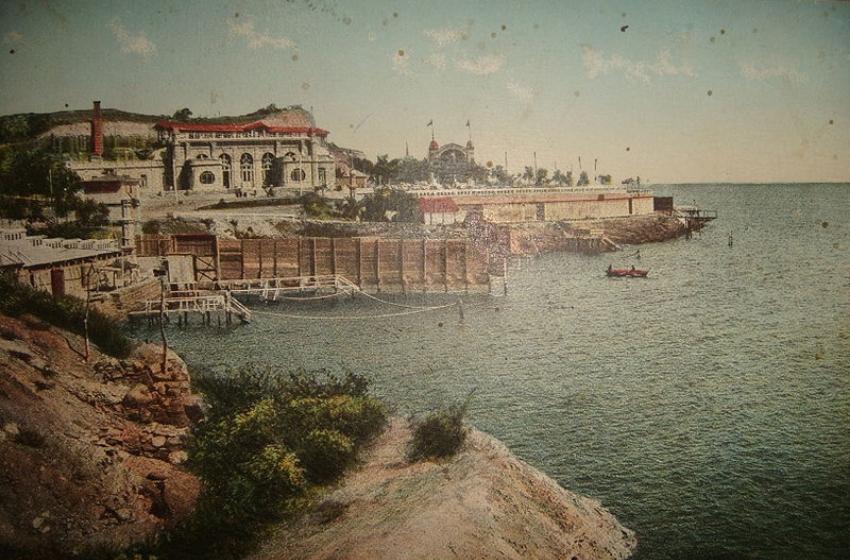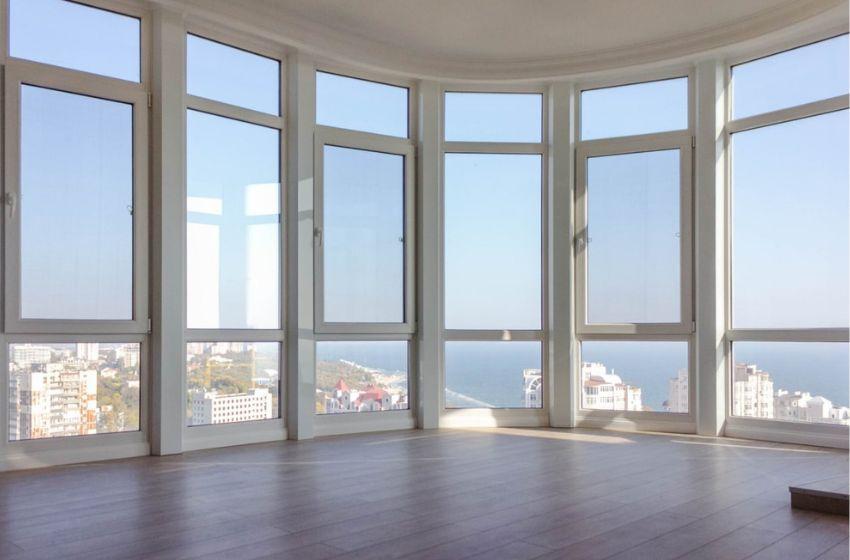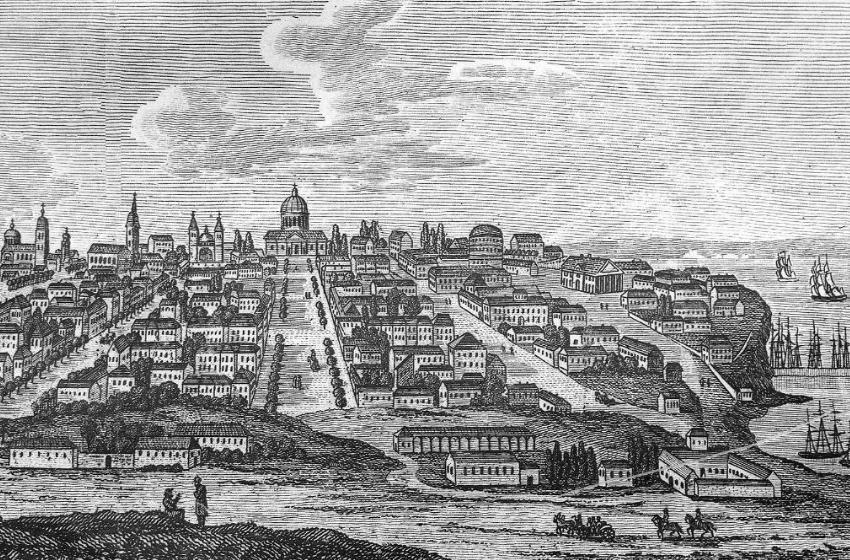The tradition of spending summer holidays on the beach dates back to the 19th century, when seaside resorts became fashionable. Then, Odessa was visited annually by more than 20 thousand vacationers. In this article we want to tell you the story about sunbathing and swimming in Odessa in 19th century.
Before swimming became a socially acceptable leisure activity, people bathed naked in indoor pools. Closed-toe suits quickly became the accepted norm as modesty was a defining factor in women's clothing.

One of the most famous beaches of Odessa was and remains Arcadia, which grew up in a field through which the south wind drove dry grass and dust with displeasure. But Emile Cambier, director of the Odessa agency of the Belgian horse-drawn railways, opened a restaurant here, which was called "Arcadia", and extended the horse-tram route to it.

Photo: Old Odessa

Photo: Old Odessa
Odessans appreciated the initiative of the Belgian, and soon bathing houses and entertainment establishments appeared here, they began to organise festivities, as well as entertainment for a rich and demanding audience.
Nevertheless, Lanzheron has always been considered the main city beach, which appeared thanks to the Odessa Governor-General Alexander Lanzheron. He bequeathed his summer house to the inhabitants of Odessa, but with the condition to organize a public beach within it. The beach was paid. The entrance cost from 5 to 15 kopecks. The entrance ticket included towel. There were three classes of baths on the beach. At the beginning of the 20th century, it was possible to get to Lanzheron beach using a horse tram. It was possible to get to the beach for 3 kopecks for the descent from the Lanzheron gate to the sea coast. The route from the coast to Pochtovaya cost 15 kopecks.

But today, the elite part of the Odessa coast, Otrada, in the 19th century was just a fishing pier.

Photo: Old Odessa

Photo: Old Odessa
Although bathing in the sea was almost the only escape from the heat, it was not considered a very decent business. Despite this, a stream of tourists poured onto the Odessa beaches, and enterprising Odessa residents began to install paid baths along the coast. They were wooden booths on stilts, in which vacationers changed clothes and bathed. True, this could be called bathing rather conditionally - in cubicles the size of a wardrobe one could only stand, in extreme cases, squat.

In the baths for those who were richer, they gave out a towel, tea or beer. Simpler vacationers could only count on a towel.
There was even a beach fashion, which was strictly followed by the "Guardians of Morality." After all, morality demanded that not a single piece of the body was accessible to the eyes of others. In the 1800s, the only socially allowed type of women's swimsuit was bulky fabric suits, consisting of dresses with ruffled sleeves and matching trousers. Later the ladies were required to swim in indispensable accessories - a cap, special shoes and sewn-in "weights" so that the clothes do not turn into a bubble in the water, men - in suits that even covered their arms and legs. Of course, ladies and gentlemen took sea baths separately. Ladies, if they went into the water, it was only knee-deep.

Landslides have always been a real disaster in Odessa. They not only destroyed houses, but also destroyed beaches. During its existence, Odessa has experienced more than 200 landslides, and the sea has recaptured new sections of the coast. In the end, the cliffs turned into gentle slopes and planted with trees, poured long sandy beaches that absorbed the energy of the waves, built breakwaters. In addition, a system was created to drain groundwater - for example, a whole "river" flows out of the slope in Otrada and flows into the sea.





















